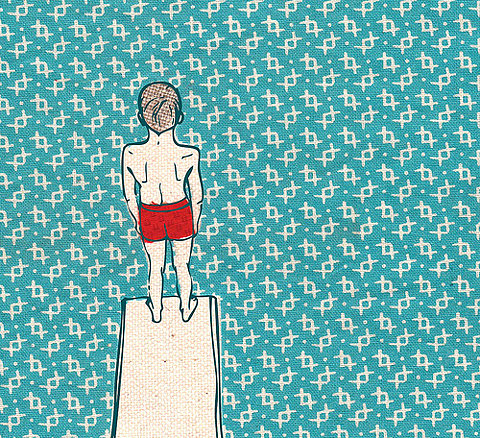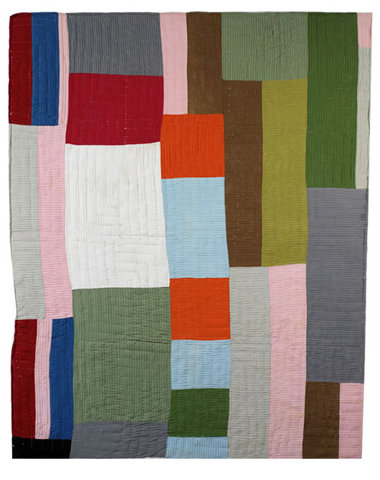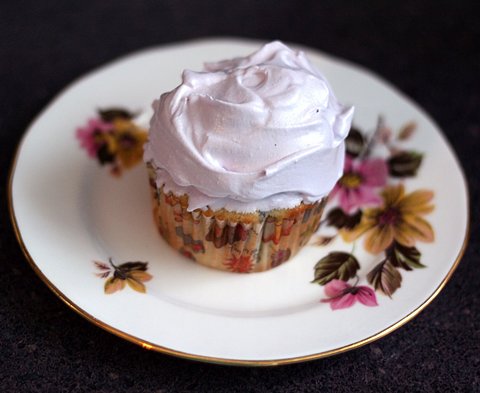 Times have changed. Consider this, there was a long essay by Michael Pollan last month in The New Yorker magazine about the resurgence of research using psychedelic medicines in treating mental health issues, as well as for enhancing mental wellness.
Times have changed. Consider this, there was a long essay by Michael Pollan last month in The New Yorker magazine about the resurgence of research using psychedelic medicines in treating mental health issues, as well as for enhancing mental wellness.
And this month the popular Tim Ferriss podcast featured a long interview with James Fadiman who’s an authority on psychedelics and their use for spiritual, therapeutic, and problem solving purposes.
Psychedelic research was shut down and demonized as the war on drugs ramped up in the late sixties. At the time, the recreational use of psychedelics was perceived as a threat to the status quo and was thought to have little use as medicine – especially because the studies at that time were poorly designed. Now with better experimental protocols, and (wisely) pursued at the best universities (like Johns Hopkins and NYU), researchers are looking at an area of research that’s been untouched for 40 years.
It’s said that in the time since being criminalized, 25 million Americans have taken LSD, and more than 100 million have tried cannabis. Many of those people are in the educated class who’re now in positions of influence, and they’re opening the door for legitimate research. Compared to the hundreds of thousands of deaths a year attributed to alcohol and tobacco, psychedelics don’t seem so dangerous and may be beneficial in some situations.
A few of those situations are, end-of-life anxiety, addiction, and PTSD. There’s also some interest in using psychedelics for the vaguely described “betterment of well people,” which encompasses their spiritual wellbeing, which can now be studied with brain scans and imaging . From the sound of it, using screened participants, controlled experiments, and researched settings are showing positive results for the participants and the scientists.
Now that this sort of research isn’t off-limits or academically risky, maybe we’ll see some interesting and useful findings trickling down to help ordinary Americans in more useful ways than the recreational use of psychedelics .





